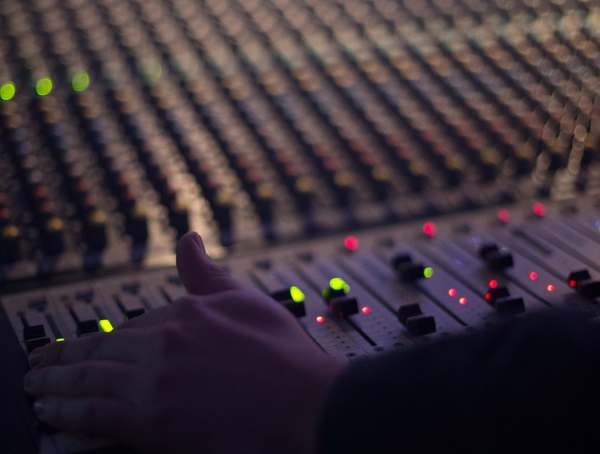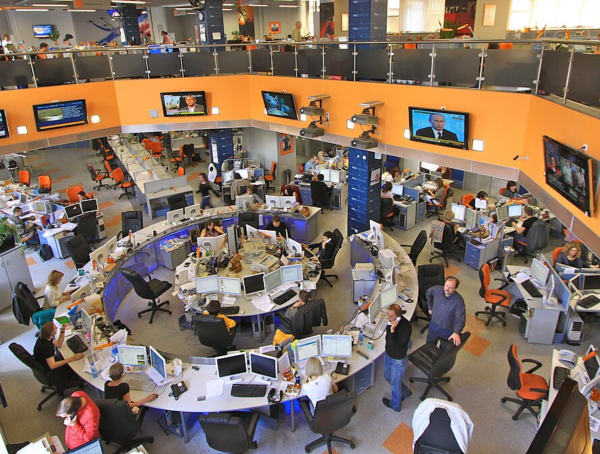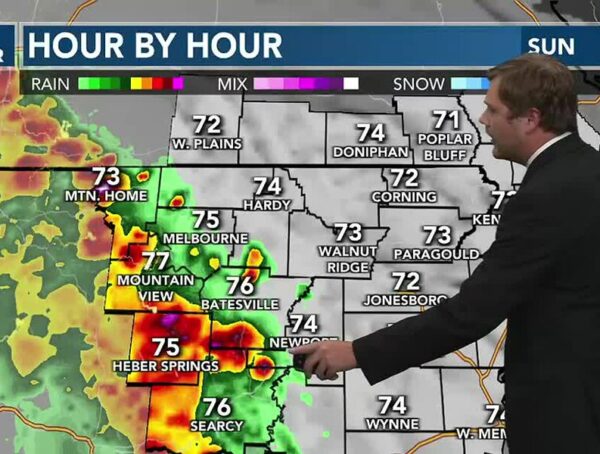The role of the news anchor has shifted significantly in recent years as media organizations and audiences adapt to societal and technological changes, according to WLKY-TV anchor/reporter Norman Seawright.
Seawright says anchors are increasingly expected to offer trust, empathy, and deep understanding in a time of widespread skepticism toward institutions, including the media.
“I think we’ve always wanted a person we could trust and look to,” said Seawright. “But it’s becoming a little more burdensome in this age where there’s so much less trust in everything. The news anchor is evolving into someone who can help make sense of the world around you.”
The Louisville journalist highlighted the importance of curiosity and empathy as crucial qualities for all journalists today. He indicated that anchors are no longer just presenters but interpreters of complex social issues, tasked with reaching diverse audiences. “It’s about making it human, making it very relatable to the human experience,” he said.
Seawright, who graduated from the University of Mississippi School of Journalism and New Media, spent the first 8 years of his career as an award-winning sports anchor/reporter with stops at KBJR-TV in Duluth, MN, WOWK-TV in Charleston, WV, and at WCCO-TV in Minneapolis, MN. During that time, he saw anchors covering more complex stories, ranging from George Floyd’s death to the COVID-19 pandemic. He emphasized that anchors serve as conduits for the public’s questions, often voicing the concerns of the audience.
“Anchors are asking the same questions the audience may be asking, helping them navigate the immediacy of the moment without panicking too much,” he said.
The industry’s financial landscape has also impacted the profession. Historically, anchor salaries were among the highest in the newsroom, but recent trends suggest a decline.
“There are concerns about sustainability,” Seawright said, noting that lower salaries could deter talented newcomers from pursuing long-term careers in journalism.
Technological advances, including artificial intelligence, are another factor shaping the anchor’s role. Though very few news outlets are using AI-generated anchors, there are AI tools that can streamline tasks such as transcription and summarization. Seawright sees AI as a complementary resource rather than a replacement.
“I use AI at work to enhance what I’m doing, but it’s not perfect,” he said. “It’s helpful, but it requires a human touch to ensure accuracy and relatability.”
Despite all the challenges, Seawright remains optimistic about the impact anchors can have.
“Ultimately, my goal is to create meaningful connections and help people understand the world,” he said.








